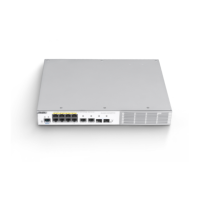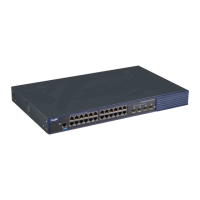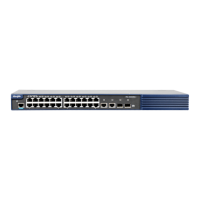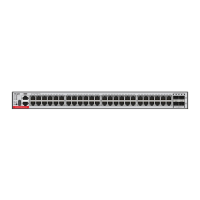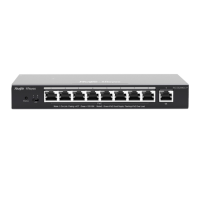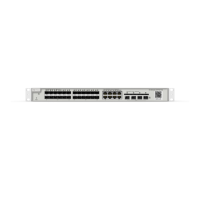Configuration Guide Interface Configuration
Using the interface range Command
Setting an Interface Range
You can configure multiple interfaces at once by using the interface range command in the
global configuration mode. As a result, the configured parameters apply to all the interfaces
within the range.
Enter an interface range.
You can use the interface range command
to specify multiple ranges separated by a
comma.
The macro parameter can use the macro of
a range. See the section of Configuring and
Using Macro Definition for Interface Range.
Be sure that the interfaces of all the ranges
specified by a command must be of the
same type.
When using the interface range command, you should pay attention to the format of range.
A valid range format
vlan vlan-ID - vlan-ID, with VLAN ID in the range of 1–4094;
Fastethernet slot/{the first port} - { the last port};
Gigabitethernet slot/{the first port} - { the last port};
TenGigabitethernet slot/{the first port} - { the last port};
Aggregate Port Aggregate port number, with Aggregate port number in the range of 1 to
MAX.
The interfaces in an interface range must be of the same type, for example fastethernet,
gigabitethernet, aggregate port or SVI.
This example shows how to use the interface range command in the global configuration
mode:
Ruijie# configure terminal
Ruijie(config)# interface range fastethernet 1/1 - 10
Ruijie(config-if-range)# no shutdown
Ruijie(config-if-range)#
This example shows how to separate multiple ranges by a comma ―,‖:
Ruijie# configure terminal
Ruijie(config)# interface range fastethernet 1/1-5, 1/7-8
Ruijie(config-if-range)# no shutdown
Ruijie(config-if-range)#

